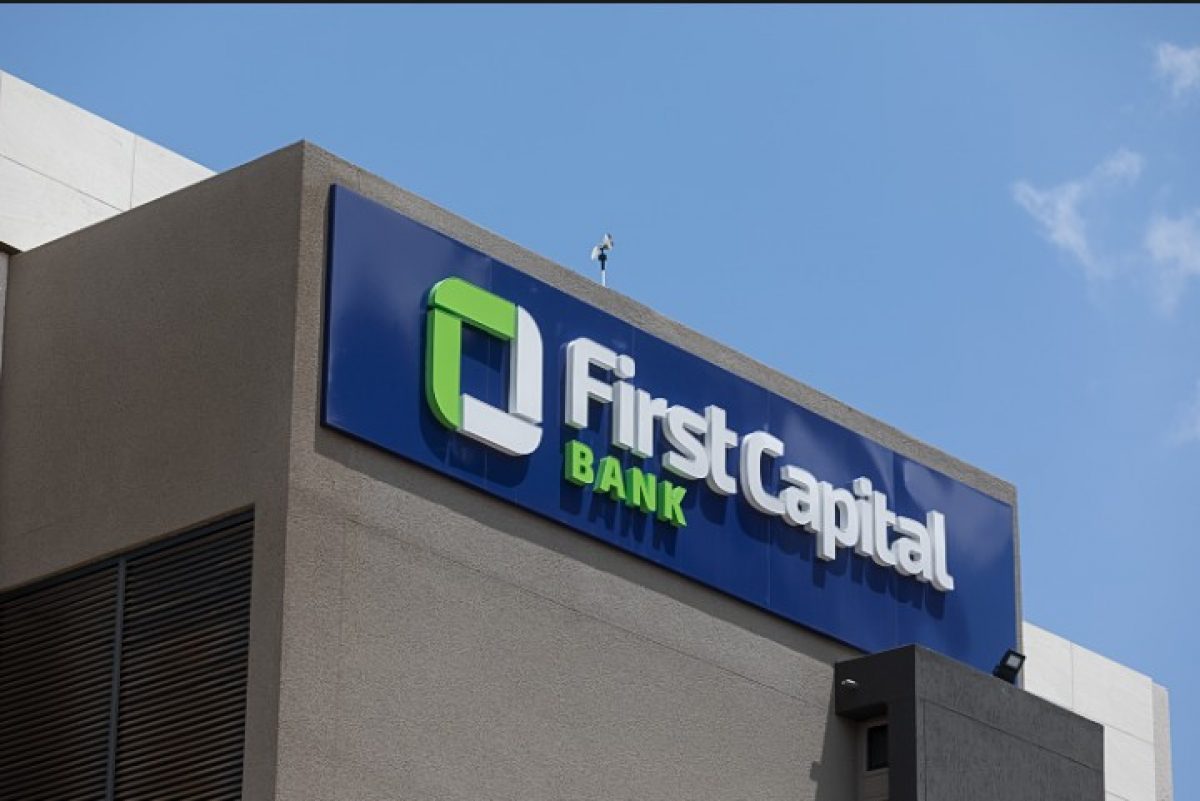First Capital posts robust results
First Capital Bank has reported a robust set of financial results for the third quarter ending September 30, 2024, with operating income surging 25 percent year-on-year to US$57 million.
The bank attributes this growth to increased efficiency in its operations and favourable market dynamics.
Deposits grew by 30 percent to US$158,1 million, reflecting customer confidence and the bank’s strategic initiatives to deepen its deposit base.
Loans and advances rose by 26 percent to US$112,4 million, driven by a more targeted lending strategy across key economic sectors.
The bank’s asset base expanded by 23 percent in the first nine months of the year, buoyed by an increase in foreign currency holdings.
Significantly, the non-performing loan (NPL) ratio declined sharply to 2,7 percent, down from 13,3 percent last year. This improvement underscores the bank’s successful restructuring and tightened risk controls.
The regulatory capital also grew by 20 percent, lifting the capital adequacy ratio to a robust 30 percent, well above the 12 percent regulatory minimum.
Sarudzai Binha, company secretary, attributed the strong performance to a series of strategic realignments.
“The business realignment and restructuring efforts have delivered measurable results, particularly in improving efficiency and strengthening our control environment. These actions ensure the bank remains resilient in the face of a challenging operating environment,” she said.
Despite the positive results, First Capital opted not to declare a dividend for the quarter. The decision reflects a cautious approach given Zimbabwe’s economic condition, including inflationary pressures and exchange rate volatility.
The bank also highlighted the potential impact of recent monetary policy measures announced by the Reserve Bank of Zimbabwe, such as increased statutory reserve ratios and a higher bank policy rate, which are expected to constrain lending capacity in the near term.
Looking ahead, First Capital plans to focus on expanding its lines of credit to sustain growth. The bank aims to enhance its sectoral footprint, particularly in mining, agriculture, tourism, and manufacturing, to support Zimbabwe’s economic recovery.
“We remain optimistic about our ability to provide innovative financial solutions that drive growth in critical sectors,” the company secretary added.
Zimbabwe’s economic landscape poses both challenges and opportunities. While the country grapples with drought-induced agricultural downturns and currency pressures, it is projected to rebound strongly in 2025, with growth expected to reach 6 percent.
This recovery, driven by improved agricultural output and manufacturing investments, could provide a favourable backdrop for the bank’s medium-term strategy.
As global economic growth stabilises at 3,2 percent into 2025, First Capital appears well-positioned to navigate the complexities of the local and international markets while continuing to deliver value to its stakeholders.
-bnessweekl










